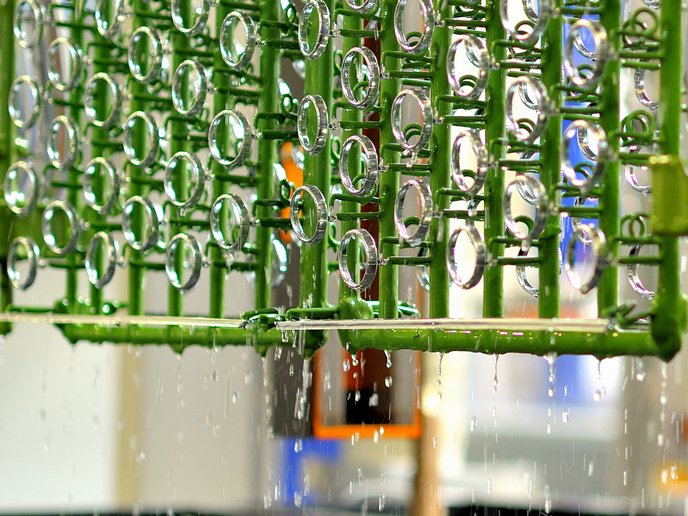Alternative power supply for wireless tech
Vibrational energy harvesting (VEH) with micro-electromechanical systems (MEMS) are helping power maintenance-free and long-lasting wireless electronics such as autonomous sensors. However, vibrations may occur within a narrow frequency range, and energy harvesters may not get enough power out of those frequencies for long enough. The EU-funded project 'Nonlinear energy harvesting solutions for micro- and nano-technologies' (NEHSTECH)(opens in new window) sought to overcome such limitations with an innovative approach. To widen bandwidth of micro energy harvesters, scientists used elastic stoppers, non-linear springs and bi-stable mechanical oscillators. As piezoelectric and electromagnetic converters are still quite bulky, the project focused on electrostatic vibration harvesters that are more suitable for implementation at MEMS scales. Scientific work resulted in a silicon MEMS VEH prototype with electrostatic gap-closing combs. Silicon mass bi-stability was controlled by a bias voltage that exerted a softening effect to the effective stiffness of mechanical suspensions. Elastic stoppers served to maintain kinetic energy and increase proof mass and micro-ball velocity during collisions. Scientists measured mechanical and electrical power spectral densities (PSDs) for different resistive loads and under a variety of realistic vibration inputs (random noise, sinusoidal, impulsive etc.). At very low frequencies, t he MEMS harvester demonstrated a power gain factor of 5 when compared with existing linear MEMS generators with single mass. The capability of MEMS harvesters to operate at very low frequencies makes them suitable for important applications. These include pacemaker powering from human movements or bridge monitoring from self-sustainable wireless sensor nodes. The project's first prototype was not fully optimised, and further work needs to be done to improve its power performance.







